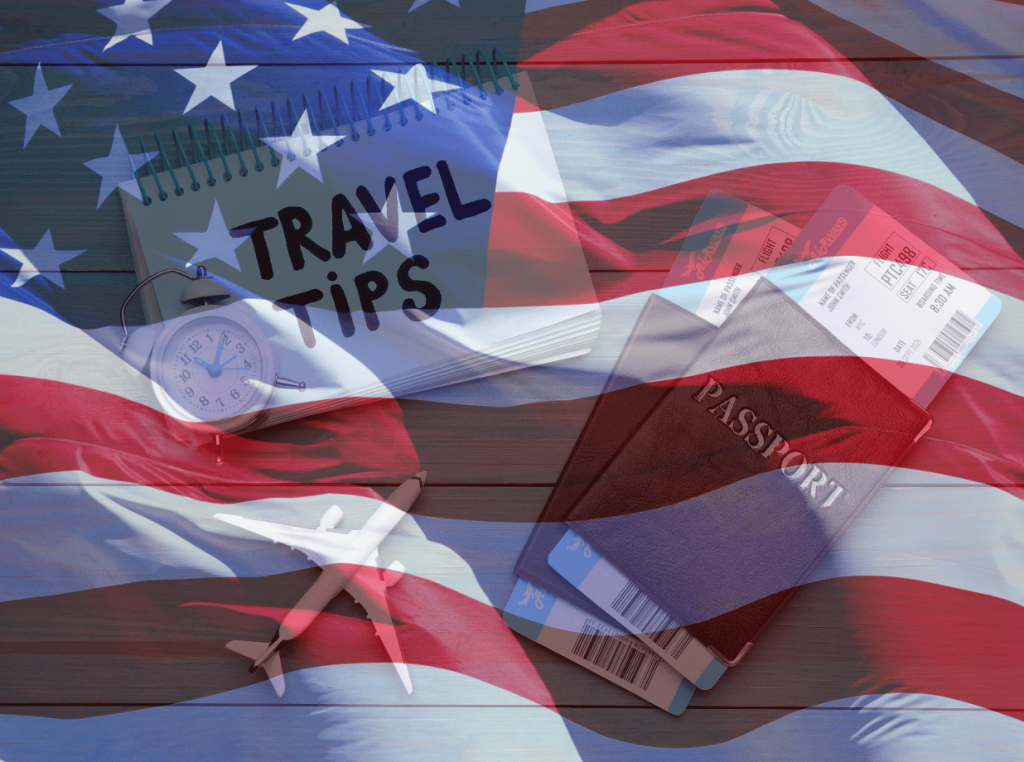On October 24, 2023, the U.S. State Department issued a blanket travel advisory for all international travel for U.S. citizens. The advisory, which is the first of its kind since the COVID-19 pandemic, urges Americans to “exercise increased caution” due to “increased tensions in various locations around the world, the potential for terrorist attacks, demonstrations or violent actions against U.S. citizens and interests.”
The advisory does not cite any specific incident or area of concern, but it comes at a time of heightened global tensions, with the war in Ukraine, the ongoing conflict in Yemen, and the recent rise in political violence in some countries.
The State Department’s travel advisories are a four-level system, with Level 4 being the highest level and indicating that Americans should “do not travel” to a particular country or region. The blanket advisory issued on October 24 is not a Level 4 warning, but it is a significant escalation from the previous Level 1 advisory, which urged Americans to “exercise normal precautions” when traveling abroad.
The State Department’s decision to issue a blanket travel advisory is a sign that the department is concerned about the safety of U.S. citizens traveling abroad. The advisory is not a ban on international travel, but it is a strong warning that Americans should be aware of the risks involved and should take steps to stay safe.
What does the travel advisory mean for travelers?
The travel advisory does not mean that Americans cannot travel abroad. However, it does mean that they should be extra cautious and should take steps to mitigate the risks.
Here are some tips for staying safe when traveling abroad during a travel advisory:
- Research your destination carefully. Before you book your trip, learn about the current security situation in the country or region you are planning to visit. You can find information on the State Department’s website, as well as on the websites of travel advisories from other countries.
- Enroll in the Smart Traveler Enrollment Program (STEP). STEP is a free program that allows the State Department to contact you in case of an emergency overseas. You can enroll in STEP on the State Department’s website.
- Monitor the State Department’s website and social media accounts for updates on travel advisories and alerts. The State Department regularly updates its travel information, so it is important to stay up-to-date before and during your trip.
- Be aware of your surroundings and take precautions to avoid becoming a target of crime or terrorism. Avoid walking alone at night, do not carry large amounts of cash, and be careful about what information you share with strangers.
- Have a plan in case of an emergency. This includes knowing how to contact the nearest U.S. embassy or consulate, as well as having a plan for how to evacuate if necessary.
Should I cancel my travel plans?
Whether or not to cancel your travel plans is a personal decision. The State Department’s travel advisory is a warning, but it is not a ban on international travel.
If you are planning to travel abroad during a travel advisory, you should weigh the risks and benefits carefully. Consider the following factors:
- The security situation in your destination country or region. Is there a high risk of terrorism, crime, or political violence?
- Your personal circumstances. Are you traveling alone or with family or friends? Do you have any health conditions that could make you more vulnerable?
- Your travel plans. What activities are you planning to do? Are you staying in tourist areas or venturing off the beaten path?
If you decide to cancel your trip, you should be able to get a refund from your travel insurance company. However, if you decide not to travel due to the travel advisory, you may not be able to get a refund.
Conclusion
The U.S. State Department’s blanket travel advisory for all international travel is a sign that the department is concerned about the safety of U.S. citizens traveling abroad. The advisory is not a ban on international travel, but it is a strong warning that Americans should be aware of the risks involved and should take steps to stay safe.
If you are planning to travel abroad during a travel advisory, it is important to weigh the risks and benefits carefully. Consider the security situation in your destination country or region, your personal circumstances, and your travel plans before making a decision.
The State Department’s travel advisories are a valuable resource for travelers, but they are not the only factor you should consider when planning your trip. It is also important to do your own research and to be aware of the risks involved in traveling to any country.


